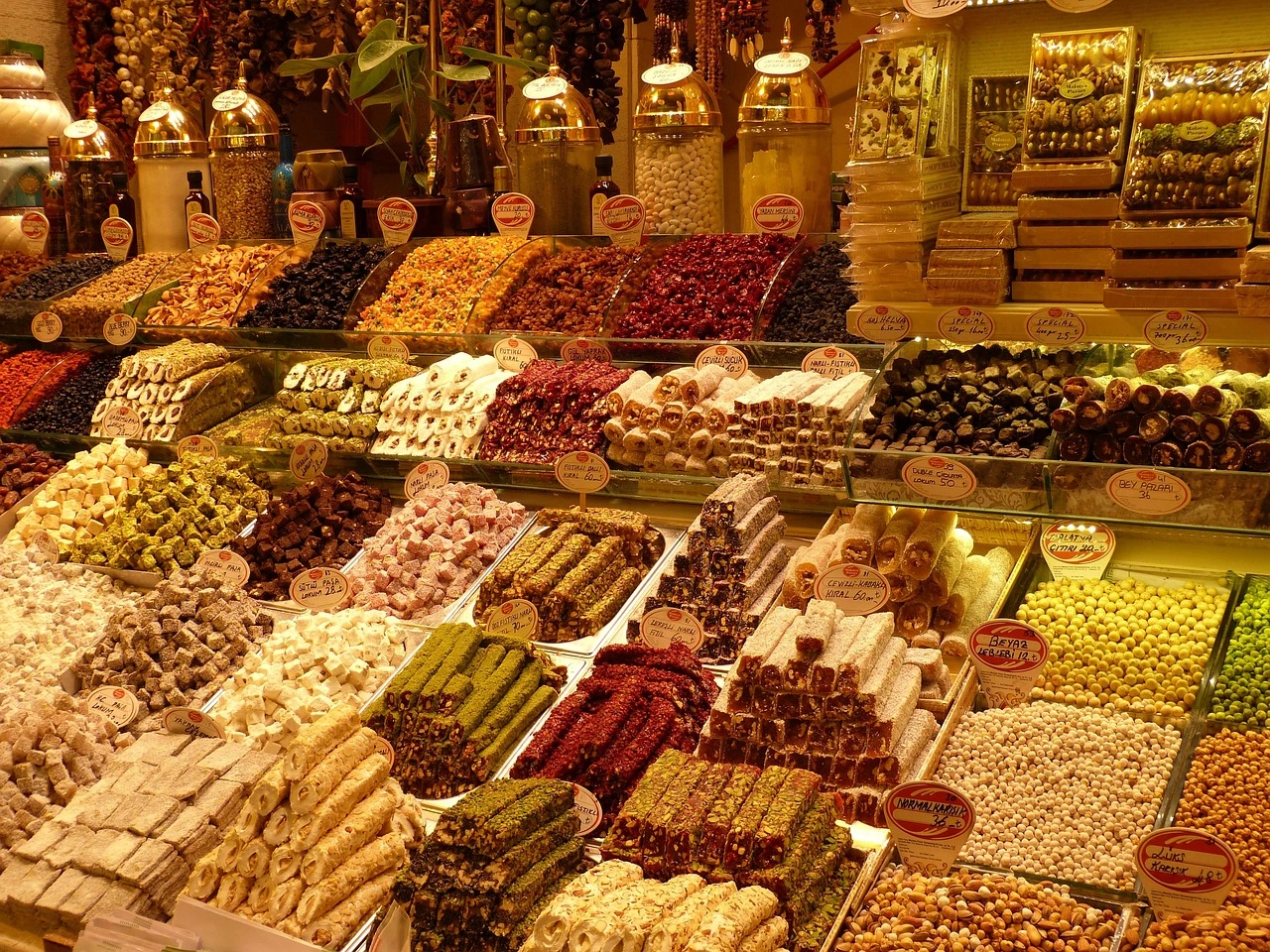Discover the world’s top 10 food cities, where flavors meet culture. From street eats to fine dining, explore unique dishes and top hotspots that make each place unforgettable. Ready to take a global culinary journey? Let’s dive in.
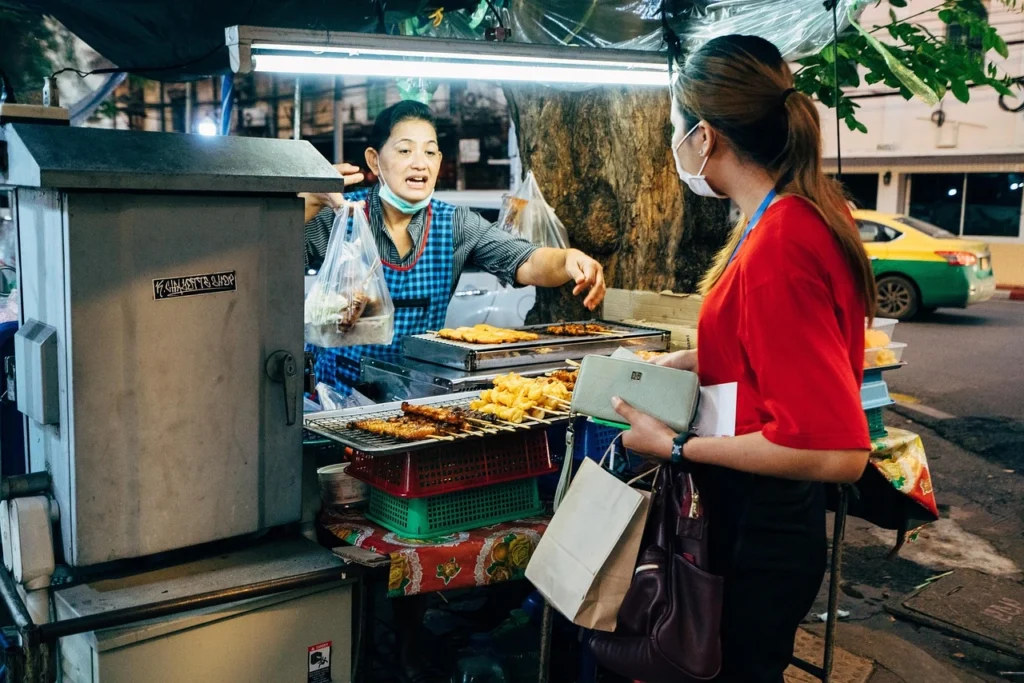
1. Why is Bangkok a top food city?
Bangkok offers a vibrant street food scene with bold flavors. Think spicy papaya salad, tangy Tom Yum soup, and sweet mango sticky rice—all easily found at local stalls. The city never sleeps, and its food never winds down. You’ll find meals from sidewalk carts to open-air night markets.
Beyond casual eats, Bangkok features restaurants that push boundaries. Chefs fuse Thai tradition with modern techniques. Whether dining by the river or hidden in small sois (lanes), every meal tells a story. Travelers love how al fresco dining blends with city life, making each bite a local memory.
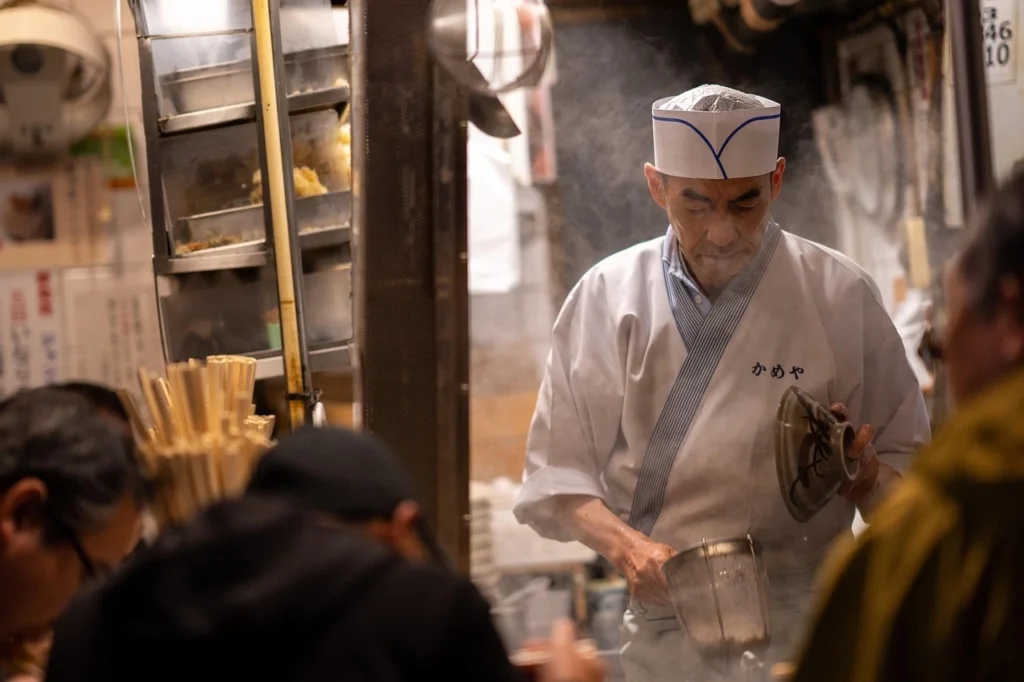
2. What makes Tokyo stand out for food lovers?
Tokyo is the heart of precise, high-quality dining. It has the most Michelin-starred restaurants globally. Sushi is at its finest, prepared with care and respect. Find perfectly fresh cuts in tiny counters or grand venues—each offers magical moments.
But Tokyo isn’t just high-end. Local izakayas serve grilled skewers, ramen shops offer soulful comfort bowls, and depachika food halls pulse with local life. Every Hokkaido crab claw or wagyu bite shows craft, and the variety—from busy markets to elegant outings—keeps food lovers amazed.
3. Why is Lima known for fusion cuisine?
Lima blends Peruvian tradition with Japanese and other global influences. This “nikkei” cuisine results in dishes like ceviche with fresh citrus and crisp textures. Top chefs create inventive plates we can only call unforgettable.
Beyond fine dining restaurants like Central and Maido, Lima’s street food shines too. Markets serve classic dishes such as anticuchos (grilled skewers) and fresh juices. Rooftop bars offer ocean views and cocktails, ensuring Lima’s food scene satisfies taste and atmosphere.
4. How does Mexico City serve culinary diversity?
Mexico City offers deep-rooted traditions and new trends. Street vendors sell tacos al pastor, tacos de barbacoa, tamales, and more. Each bite comes with bold chiles and rich sauces.
But don’t miss the upscale side. Chefs reinvent classic dishes and serve tasting menus with tequila pairings. Food markets like Mercado de San Juan brim with fresh produce, mushrooms, and street treats. From historical flavors to modern experimentation, every meal shows Mexico’s culinary soul.
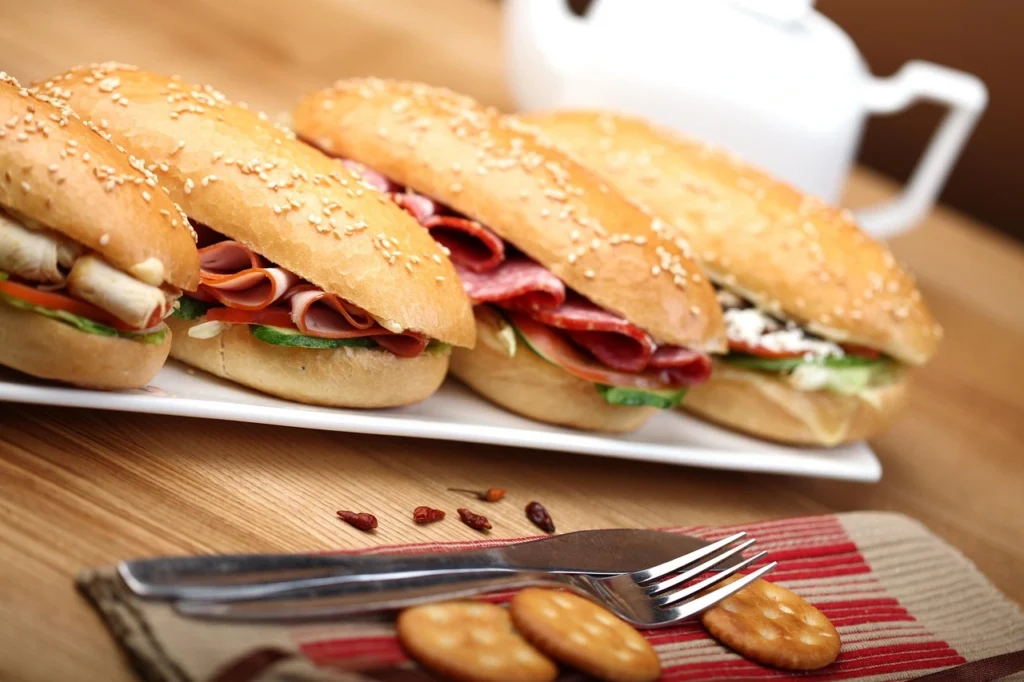
5. What makes Paris a food lover’s dream?
Paris is a timeless food city. Fresh baguettes, flaky croissants, rich patisseries, cheese shops, bistros—you name it. The city blends tradition and elegance beautifully.
Beyond boulangeries, Michelin-starred restaurants and casual cafes offer world-class cuisine. From foie gras to crème brûlée and beyond, Paris delivers refinement and heart in every bite.
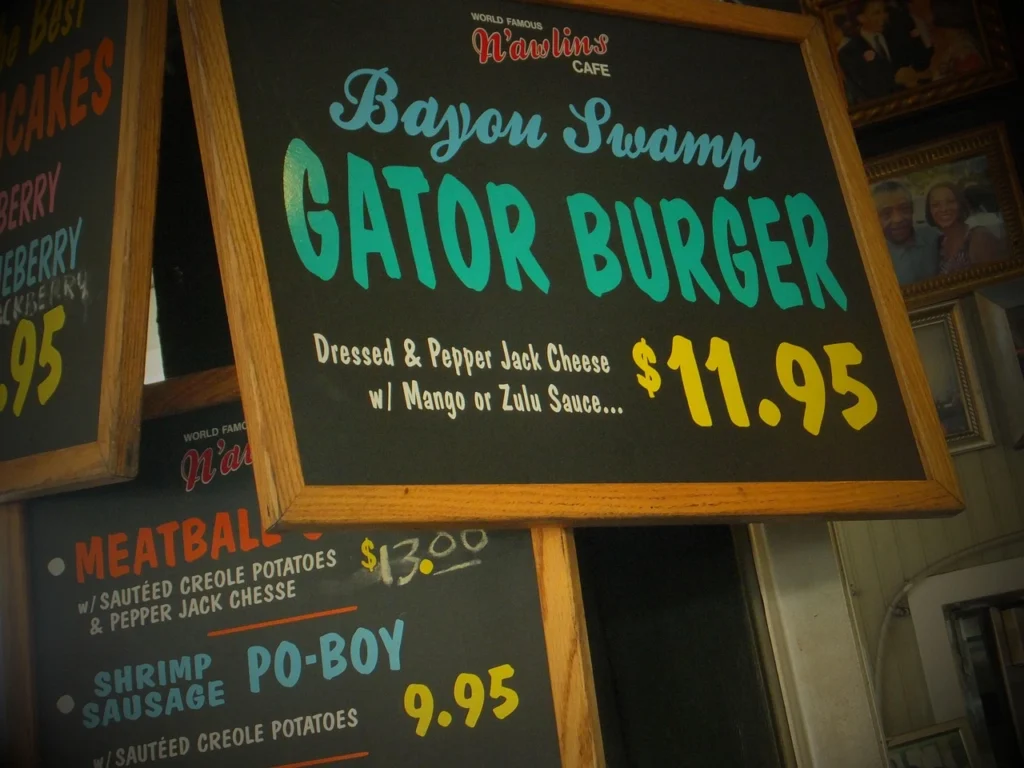
6. Why is New Orleans famous for food?
New Orleans has a unique blend of Creole, Cajun, African, and French influences. Dishes like gumbo, jambalaya, po’boys, and turtle soup showcase rich flavors rooted in history.
The city adds soulful live music, jazz clubs, and warm hospitality to every meal. Bourbon Street and the French Quarter give dining an atmospheric lift—here, food doesn’t just fill your belly; it feeds your spirit.
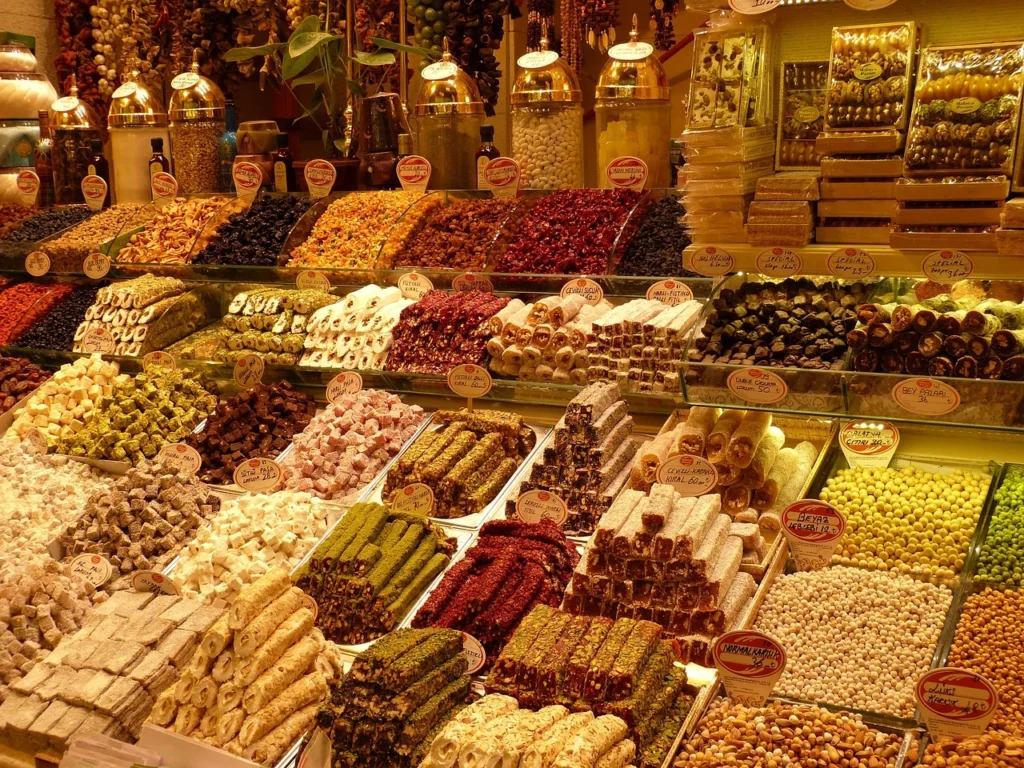
7. What food draws you to Istanbul?
Istanbul sits between East and West, blending Turkish, Middle Eastern, and Mediterranean flavors. Try street treats like bakeries’ simit, grilled meats, and sweet lokum (Turkish delight). Dine on kumpir (stuffed baked potatoes) or classic kebabs at local shops.
Fine‑dining restaurants offer modern twists on traditions. From meze plates by the Bosphorus to aromatic teas in historic cafés, Istanbul’s food awakens every sense.
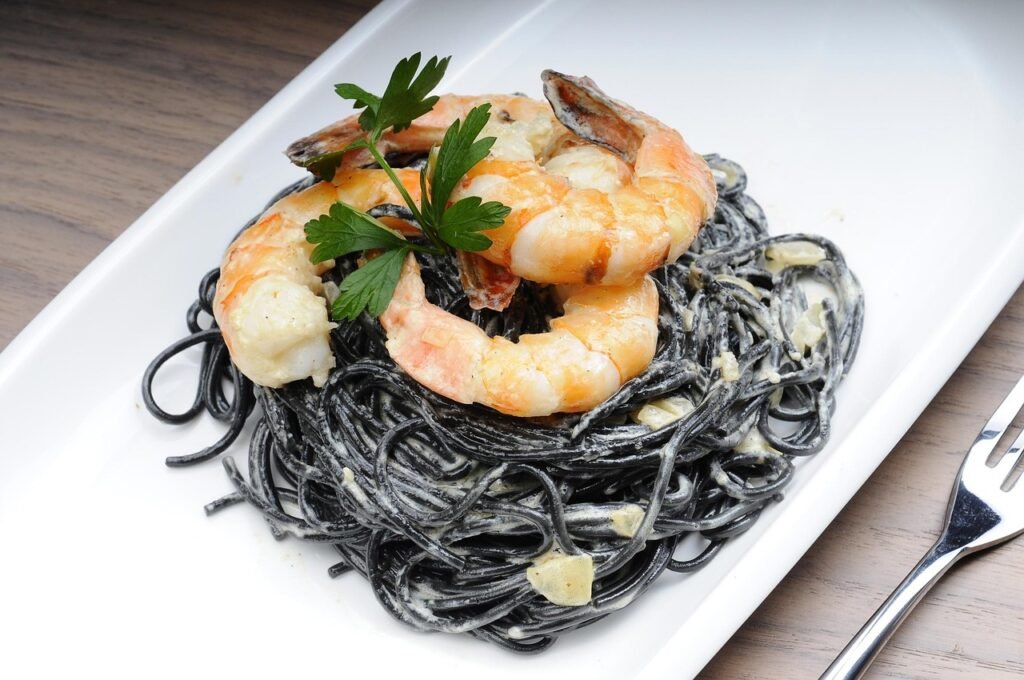
8. Why is Bologna Italy’s food capital?
Bologna is the birthplace of hearty, comforting Italian staples. Think tagliatelle al ragù, tortellini in brodo, and mortadella. Rich sauces and quality pasta define this city.
You’ll find family-run trattorias offering longtime local recipes. Cheese wheels, cured meats, and fresh pasta fill markets like Mercato delle Erbe. Every dish here celebrates Italian tradition, and believers travel just for a taste.
9. What makes Osaka a street‑food paradise?
Osaka is called Japan’s kitchen city. It offers soul-satisfying foods like takoyaki (octopus balls) and okonomiyaki (savory pancakes). Street vendors and casual eateries line busy thoroughfares.
Beyond street stalls, Osaka’s food scene includes top sushi and fine Japanese cuisine. But it’s relaxed, delicious street eats—alive with warmth and flavor—capture the hearts of anyone passing through.
10. Why choose Copenhagen for new Nordic cuisine?
Copenhagen is a leader in New Nordic cooking: local ingredients, nature-driven flavors, and minimalism with elegance. Restaurants like Noma set global trends.
Farm-to-table dining and inventive dishes highlight freshness and sustainability. Nordic chefs revive old techniques and produce. This thoughtful, green dining culture offers a clean, creative experience in a city filled with taste and style.
Conclusion
These ten cities offer unique food identities shaped by culture, innovation, and ingredients. From Bangkok’s vibrant markets to Copenhagen’s mindful cuisine, each destination combines flavor, history, and style. Whether you crave street food, fresh markets, or high-end dinners, this food journey promises taste adventures around the globe.
FAQs
1. What is the cheapest food city to visit?
Bangkok and Mexico City offer abundant street food at low prices. You’ll find filling meals for just a few dollars, making them perfect choices for budget-friendly culinary travel.
2. Which city has the most Michelin‑starred restaurants?
Tokyo leads with the highest number of Michelin‑starred eateries, followed by Paris and Copenhagen. It’s ideal for those seeking luxury and fine dining experiences.
3. Can I find vegetarian food in these cities?
Yes! Most cities on this list, including Tokyo, Mexico City, and Lima, now have a range of vegetarian and vegan options—from street stalls to specialized veggie restaurants.
4. What time of year is best for food travel?
Spring and autumn are ideal. The weather is pleasant, ingredients are fresh, and markets are bursting with seasonal produce. For example, Tokyo’s spring cherry blossom food festivals are a delight.
5. How can I eat like a local?
Visit markets, talk to vendors, and try dishes locals love. Join a food tour or ask for recommendations at cafés—locals often know the best hidden gems.
